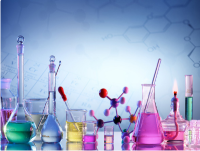Equipping and Establishing a PCR Laboratory
互联网
453
Polymerase chain reaction (PCR) is a very sensitive method of amplifying specific nucleic acid, but the system is susceptible to contamination from extraneous or previously amplified DNA strands (1 ,2 ). Many specific copies of DNA are produced from each round of amplification (3 ) with a single aerosol containing up to 24,000 copies of amplified material (4 ). The most important consideration when designing and equipping a laboratory for PCR is therefore to minimize the risk of contamination and ensure accurate results (5 ,6 ). To do this, it is necessary to physically separate the different parts of the process and arrange them in a unidirectional workfow (4 ). This avoids back fow of traffic and, along with restricted access, will reduce the risk of contamination and inaccurate results.







